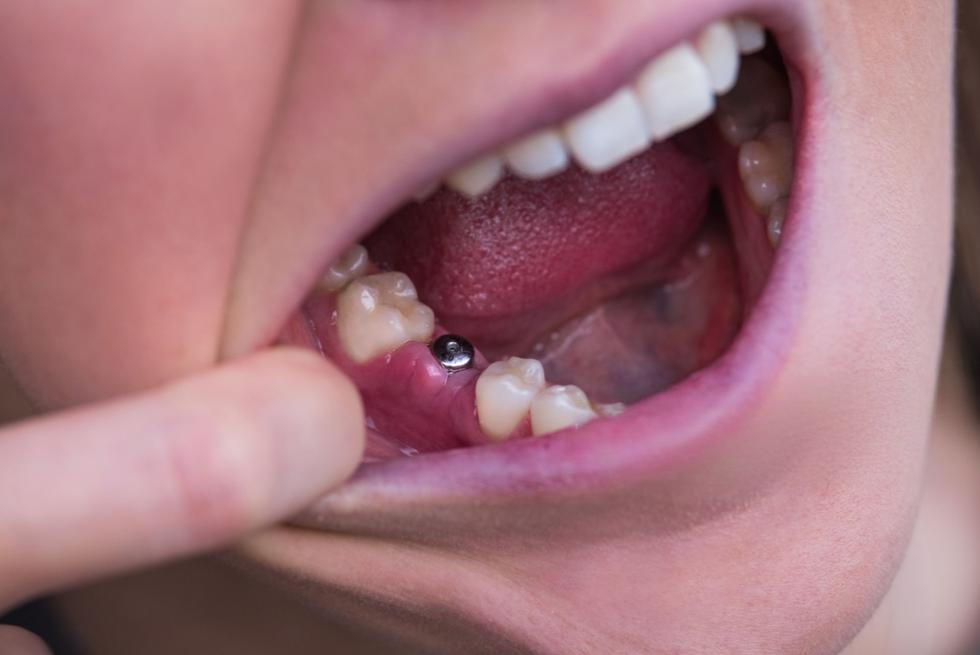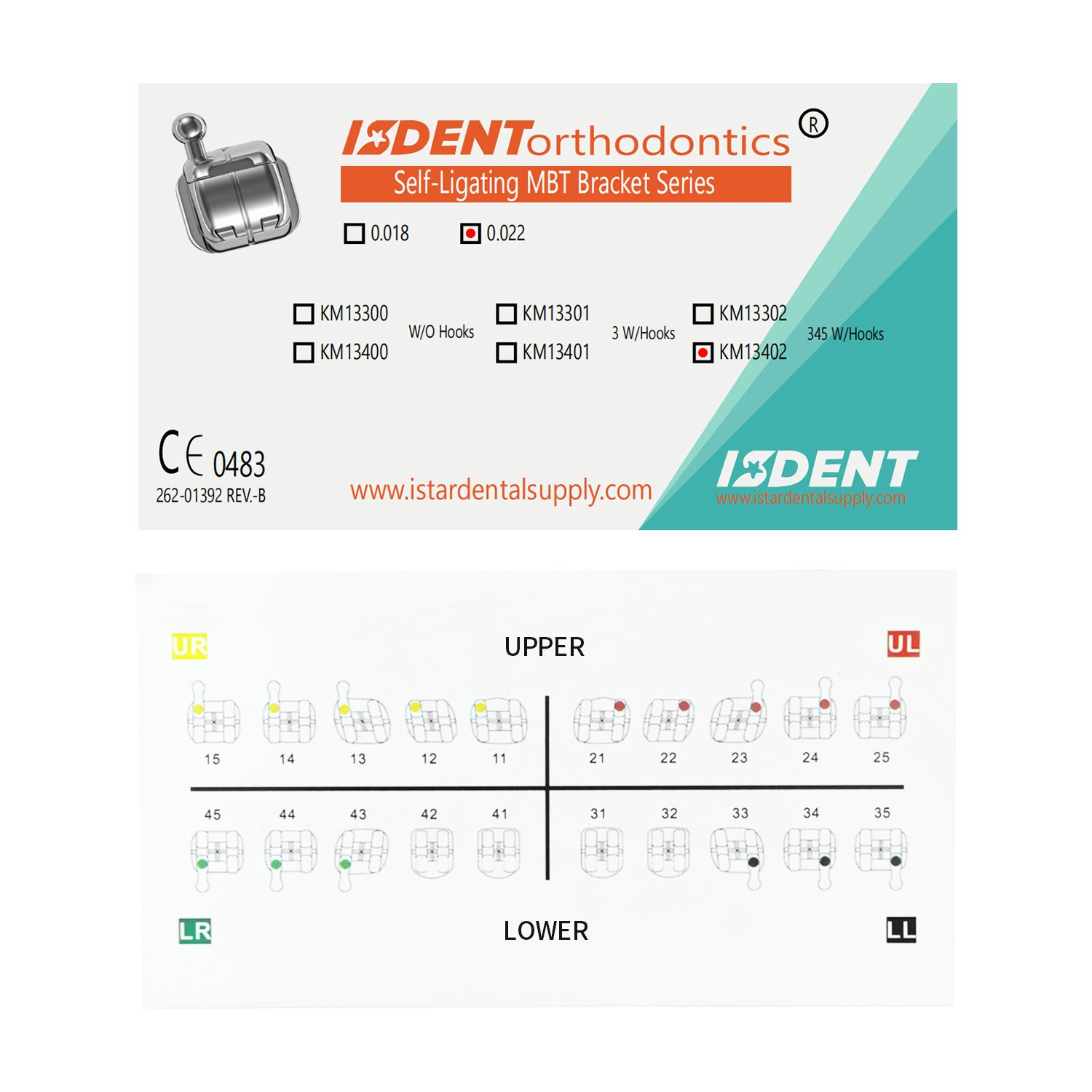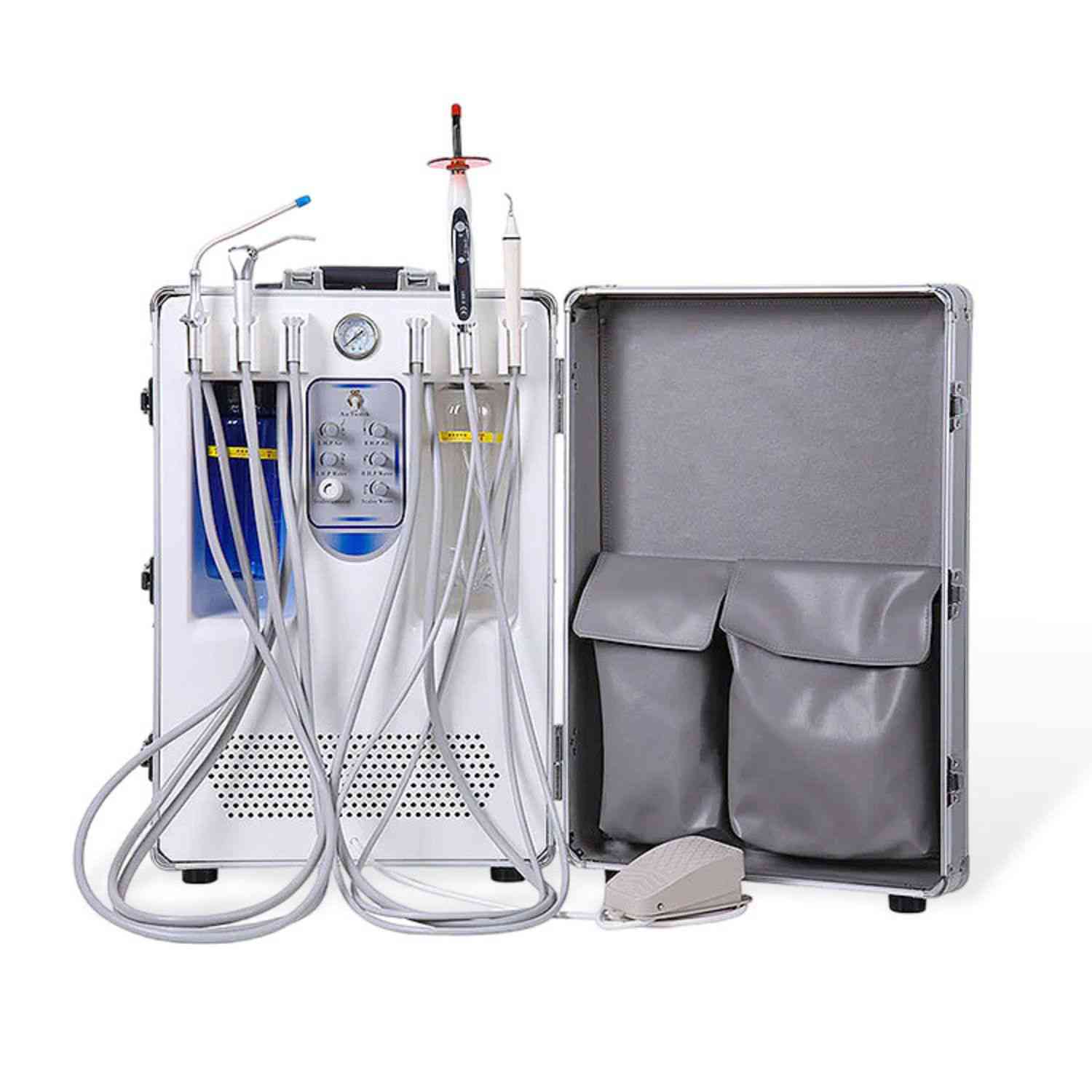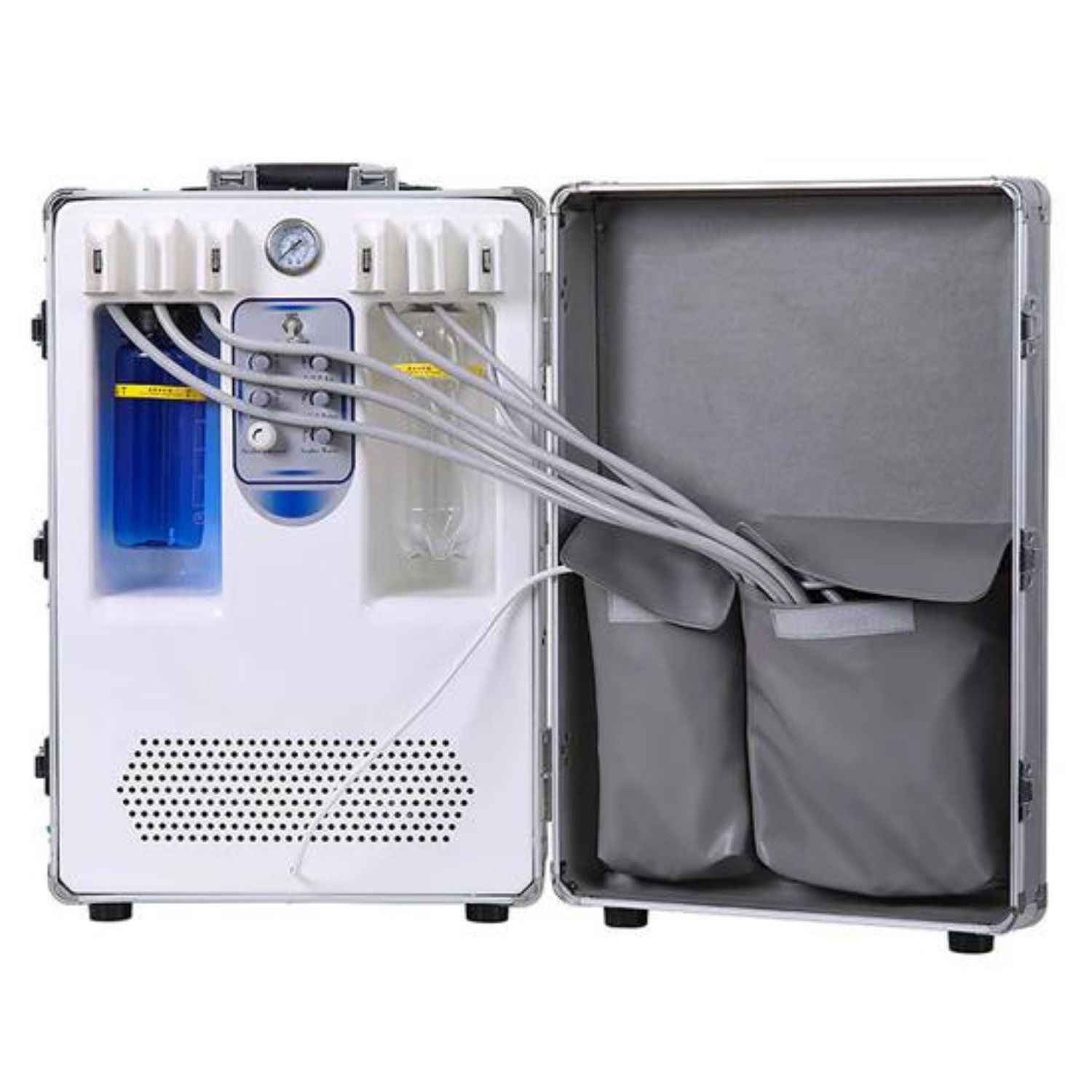Can a Failed Dental Implant Be Replaced? Your Ultimate Guide to Replacement Dental Implants
I’ve been in the world of writing about complex topics for a long time. I’ve seen that when people face a problem, they want clear, simple answers. When a major investment like a dental implant fails, it can feel scary and frustrating. You might be wondering, "What now? Was this all for nothing?" The good news is, it’s usually not the end of the road. This article is here to give you those clear answers. We will walk through why a dental implant might fail, what happens next, and how you can get a brand new, successful dental implant. You will learn everything you need to know about the process, from diagnosis to replacement.
What Exactly Is a Dental Implant Failure?
Let’s start with the basics. A dental implant is a small, screw-like post, usually made of titanium, that acts as a replacement for a tooth root. It’s placed directly into your jawbone. The magic of a dental implant happens through a process called osseointegration. This is just a fancy term for when your bone grows around and fuses with the implant, making it strong and stable. A successful dental implant feels and acts just like one of your natural teeth.
So, what is a dental implant failure? It’s pretty simple. A dental implant failure occurs when this osseointegration process doesn't happen correctly, or when it gets undone later. Instead of being locked tightly in your jawbone, the dental implant is loose or causes problems. This can happen soon after the initial implant placement surgery or many years down the road.
This failure means the dental implant can't support a crown or bridge, so it’s not doing its job as a tooth replacement. The good news is that even when a dental implant fails, it doesn't mean you can never have a dental implant in that spot again. It just means we have to figure out what went wrong and make a new plan.
What Are the Main Reasons Why Dental Implants Fail?
I’ve found that problems are easier to solve when you know the cause. The reasons why dental implants fail usually fall into two main groups: early failures and late failures. Understanding the difference can help you and your dentist decide on the best path forward.
Early implant failure occurs within the first few months after the dental implant surgery. This is usually because the implant fails to integrate with the bone. It's often linked to things like infection at the implant site, not enough healthy bone to support the dental implant, or the implant moving too much during healing. Sometimes, health conditions like uncontrolled diabetes or smoking can also increase the risk of implant failure. This is also known as a short-term implant failure.
Long-term implant failure, on the other hand, happens months or even years after the dental implant has successfully fused with the bone. The most common cause is peri-implantitis. This is a type of gum disease that affects the tissues around the implant. It's caused by bacteria buildup, often due to a lack of good oral hygiene. This infection can destroy the bone supporting the dental implant, causing it to become loose. Other late reasons why implants may fail include things like a broken implant due to excessive force (like teeth grinding) or other medical issues that develop over time.
|
Type of Failure |
When It Happens |
Common Causes |
|
Early Failure |
First 3-4 months |
Poor osseointegration, infection, not enough bone, smoking, health issues. |
|
Late Failure |
After 1 year or more |
Peri-implantitis (gum infection), poor oral hygiene, excessive biting force, broken implant. |
How Do I Know if My Dental Implant Fails?
You don’t need to be a dentist to spot the warning signs. Your body will usually let you know that something is wrong. Paying attention to these signs is the first step in getting the problem fixed. If you experience implant failure, you might notice one or more of the following symptoms.
The most obvious sign is a loose or wobbly dental implant. It should feel as solid as your other teeth. If you can move it with your tongue or finger, that’s a red flag. Pain is another major indicator. While some discomfort is normal right after oral surgery, lasting or returning pain at the implant site is not. You might also see swelling or redness in the gums surrounding the implant. This is often a sign of infection, like peri-implantitis.
Other things to watch for include bleeding when you brush around the implant, trouble chewing, or seeing the metal of the implant fixture becoming visible. If you notice any of these issues, it's time to call your dental professional right away. It's better to get it checked out early. Sometimes, your dentist can save a failing implant if the problem is caught soon enough.
Checklist: Signs of a Failing Dental Implant
-
[ ] The implant feels loose or moves.
-
[ ] Pain or discomfort around the implant area.
-
[ ] Swelling or inflammation of the gums.
-
[ ] Bleeding when brushing.
-
[ ] The gums seem to be pulling away from the implant.
-
[ ] Pus or a bad taste coming from the area.
-
[ ] Difficulty chewing or biting down.
What Happens When I Visit My Dentist or Oral Surgeon?
So, you’ve noticed a problem and made an appointment. What should you expect? Your dentist or oral surgeon will play detective to figure out the exact cause of implant failure. This is a critical step because the solution depends entirely on what’s causing the problem.
First, they will talk to you about your symptoms and your medical history. Then, they will do a careful examination of your mouth, checking the dental implant for any movement and looking at the health of your gums. The most important tool they will use is an X-ray. An X-ray can show the amount of bone around the dental implant. This is key because bone loss is a major sign of trouble. The X-ray will help them see if the osseointegration is failing or if there is an infection eating away at your jawbone.
Based on this exam, your oral surgeon will explain what's going on. They will tell you if the problem is with the crown on top of the implant, the implant itself, or the bone around it. This diagnosis will directly affect your treatment options and help you make an informed decision about what to do next.
Should I Repair or Replace My Failed Dental Implant?
Once you know what’s wrong, the next question is whether you can repair or replace the failing dental implant. The answer isn't always simple and depends on the specific problem. Think of it like a car. If you have a flat tire, you just fix the tire. But if the engine is broken, you might need a whole new car.
In some cases, a repair is possible. For example, if the crown on top of the dental implant is loose or chipped, that can often be fixed or replaced without touching the implant itself. If there is a minor infection or inflammation (peri-implantitis) just starting, your dentist might be able to treat it with a deep cleaning procedure to remove the bacterial buildup around the implant. This can sometimes halt the bone loss and save the dental implant.
However, in many cases, especially when the implant fails to be stable, the dental implant will need to be replaced. This happens if the implant to fail was due to failed osseointegration, significant bone loss, or if the dental implant breaks. Trying to save a hopelessly failing implants can sometimes cause more damage to your jawbone. In these situations, the best course of action is implant removal and starting fresh.
What Does Oral Surgery for a Broken Implant Involve?
If it's decided that your dental implant must be removed, the next step is a minor oral surgery procedure. I know the words "oral surgery" can sound intimidating, but removing a dental implant is often a straightforward process, especially when done by an experienced oral surgeon. Many of these specialists, known as oral and maxillofacial surgeons, also perform procedures like wisdom teeth removal, so they are experts in this field.
The oral surgeon will first numb the area completely, so you won’t feel any pain. Then, they will use special tools to carefully detach the dental implant from the jawbone. The goal is to remove the implant fixture while preserving as much of the surrounding bone as possible. If the implant is removed because it was already loose, this process can be very quick and simple.
After the implant is removed, the surgeon will clean the implant socket thoroughly to get rid of any infected or damaged tissue. This cleaning is very important to create a healthy environment for future healing. The entire procedure is usually done in the surgeon's office and is much less involved than the initial dental implant procedure.
Why Is the Implant Socket So Important for a New Dental Implant?
After the failed dental implant is out, you're left with an empty space, the implant socket. What happens here is maybe the most important part of the whole dental implant replacement journey. We need to make sure this spot is strong enough to hold a new implant. Often, the reason a dental implant failed in the first place was due to poor bone quality or quantity.
The infection or inflammation that caused the implant to become loose often damages the jawbone and implant area. This leaves a small hole or defect in the bone. Placing another implant into a weak foundation would just lead to another failure. This is where a bone graft comes in. A bone graft is a procedure where your surgeon adds new bone material into the socket. This material acts as a scaffold, encouraging your body to grow new, strong bone in that area.
This bone grafting procedure is essential for rebuilding a solid base. You will need to wait a few months for the bone graft to heal and integrate with your jawbone. It might feel like a delay, but this healing period is what gives your second implant the best possible chance for a high success rate.
What Is the Process for Dental Implant Replacement?
Once your jaw has healed and the bone graft has created a strong foundation, you are ready for your replacement dental implants. The process will feel very familiar because it’s almost identical to your first dental implant experience. In fact, it might even feel easier because you know what to expect.
The oral surgeon will perform the dental implant surgery, carefully placing a new implant into the newly strengthened bone. Just like the first time, this new implant will need time for osseointegration to occur. This healing period can take several months. During this time, your surgeon will monitor your progress to make sure the jawbone is fusing properly with the implant.
After healing is complete and your surgeon confirms you have a successful implant, your general dentist will take over. They will take an impression and create a new crown that will be attached to your dental implant. The end result is a strong, stable, and natural-looking tooth replacement. Although implants can fail, the success rate for replacement implants is very high, especially when the original problem has been fixed.
What Are My Treatment Options for a Second Chance?
When planning for a second implant, you and your dental team have a great opportunity to make sure everything goes right. Your treatment options will be based on why the first one failed. For example, if the first dental implant failed due to too much pressure from teeth grinding, a nightguard might be recommended to protect the new implant.
If poor oral hygiene was the culprit, your dentist and hygienist will work with you to improve your brushing and flossing routine, especially around the implant. They might recommend special tools to keep the area clean. For patients with certain health conditions, it may be necessary to work with their medical doctor to get those conditions under control before proceeding with more implant procedures.
In some cases where significant bone loss has occurred, you might discuss different types of dental implants placed, or even other tooth replacement options. The goal is always the same: to find a long-term solution that is stable, functional, and healthy for you. With proper planning and care, implants have a high success rate, even the second time around.
How Can I Prevent My New Dental Implant From Failing?
You’ve gone through the process of replacing the implant, and now you have a beautiful new tooth. The final step is to make sure this one lasts a lifetime. The good news is that preventing dental implant failure is mostly in your hands, and it comes down to simple, consistent habits.
The single most important thing you can do is practice excellent oral hygiene. This means brushing twice a day and flossing daily. It is critical to clean thoroughly around your dental implant to prevent the plaque buildup around the implant that leads to peri-implantitis. Your hygienist can show you the best techniques and tools to use. Think of your dental implant as a natural tooth that needs just as much care.
Regular dental check-ups are also a must. Visiting your dentist every six months allows them to monitor the health of your dental implant and the surrounding tissues. They can spot and address any small issues before they become big problems. If you follow these simple steps, your new implant has an excellent chance of lasting for the rest of your life. A dental implant be replaced, and it can be a great success.
Key Takeaways to Remember:
-
Yes, a failed dental implant can be replaced. It is a common procedure with a high success rate.
-
Finding the cause is the first step. A dental implant can fail due to early issues like poor healing or late issues like infection (peri-implantitis).
-
Removal is often necessary. If a dental implant is loose or has significant bone loss, it will likely need to be removed by an oral surgeon.
-
A bone graft may be needed. To create a strong foundation for the new implant, your surgeon may need to perform a bone graft to rebuild the jawbone.
-
The replacement process is similar to the first. It involves surgery to place the new dental implant, a healing period, and then placing a new crown.
-
Good hygiene is key to long-term success. Daily cleaning and regular dental visits are the best ways to protect your investment and prevent future problems.









